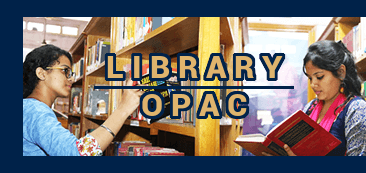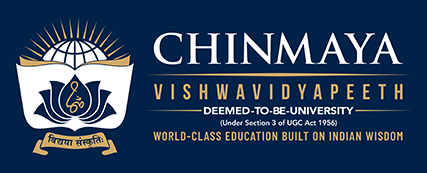Telugu verbal bases: : a comparative and descriptive study. (Record no. 81645)
[ view plain ]
| 000 -LEADER | |
|---|---|
| fixed length control field | 02036nam a22001457a 4500 |
| 020 ## - INTERNATIONAL STANDARD BOOK NUMBER | |
| ISBN | 81208232149 |
| 082 ## - DEWEY DECIMAL CLASSIFICATION NUMBER | |
| Classification number | 494.813 K8977 T |
| Item number | 24960 |
| 100 ## - MAIN ENTRY--PERSONAL NAME | |
| Personal name | Krishnamurti Bhadriraju |
| 245 ## - TITLE STATEMENT | |
| Title | Telugu verbal bases: : a comparative and descriptive study. |
| Medium | English. |
| 260 ## - PUBLICATION, DISTRIBUTION, ETC. | |
| Place of publication | Delhi |
| Name of publisher | Motilal Banarsidass |
| Date of publication | 1972. |
| 300 ## - PHYSICAL DESCRIPTION | |
| Number of Pages | 503 |
| 500 ## - GENERAL NOTE | |
| General note | It is now over a century since Dravidian philology came into existence with the publication of Robert Caldwellis Comparative Grammar of the Dravidian languages in 1856. Linguistic science, both historical and descriptive, has since made tremendous advances throughout the world but the progress made in the Dravidian field has not beencommensurate with what could be expected in a full century. However, with the employment of bettermethods and the help of the contributionsof many Western philologists as well as some Indian scholars, we have now at least a better understanding of the many problems of Dravidian phonology, although no progress worthy of mention has been made in solving the problems of comparative morphology of Dravidian. The present work, which may be regarded as a pioneering attempt in the field of Dravidian philology, was undertaken with little knowledge of its magnitude. It was believed at that time that a thorough study of the derivation of the Telugu verb on a comparative level would provide a basic sample for phonological observations and form a basis for investigation of noun-formation in Telugu, eventually facilitating the preparation of an etymological dictionary of Telugu. Though the treatment in this work is confined to the verbal bases, most of the observations in phonology and derivation are equally valid of application to the other parts of the vocabulary. An attempt has been made to show, if not to decide, the place of Telugu in the whole family of the Dravidian languages by setting up isoglosses for the distribution of phonological, derivational and also partly morphological features. |
| 650 ## - SUBJECT ADDED ENTRY -- TOPICAL TERM | |
| Topical Term | Telugu language--Grammar |
| 942 ## - ADDED ENTRY ELEMENTS (KOHA) | |
| Koha item type | Books |
| Withdrawn status | Lost status | Damaged status | Not for loan | Home library | Current library | Date acquired | Purchase price | Full call number | Barcode | Date last seen | Koha item type |
|---|---|---|---|---|---|---|---|---|---|---|---|
| Chinmaya International Foundation | Chinmaya International Foundation | 11/08/2022 | 795.00 | 494.813 K8977 T 24960 | 24960 | 11/08/2022 | Books |


